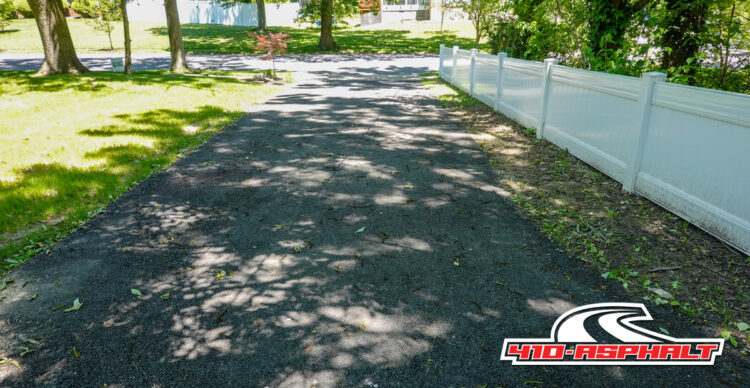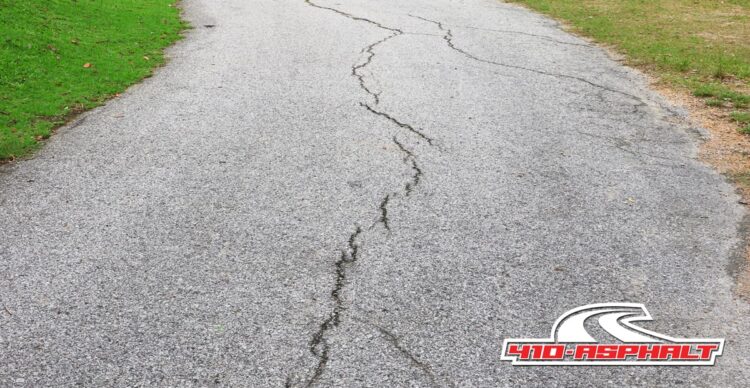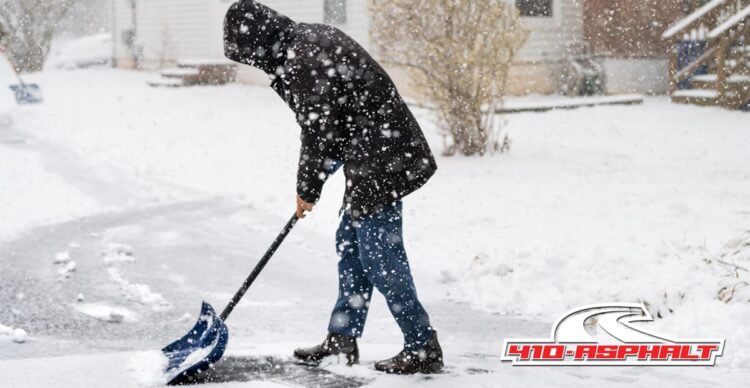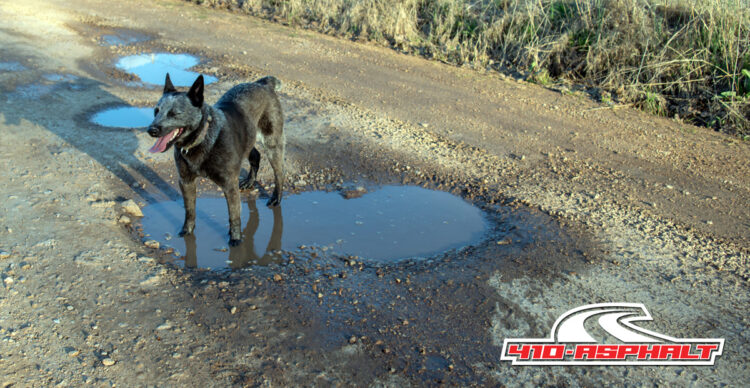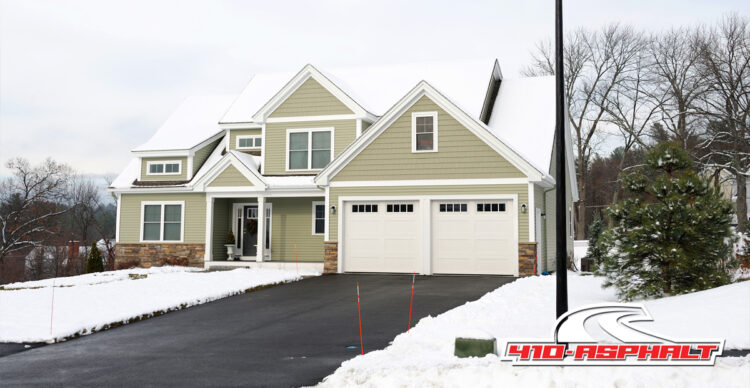We strive to provide you with excellent service and to keep you informed. We stay up to date on industry standards, and we want to share these articles with you so that you can too. On the pages of our blog, you’ll find useful information on our products and services.
Asphalt Maintenance Tips
Asphalt is a great option for a driveway because it’s cheap and durable. But what happens when your driveway becomes a wreck? Is it time to repair or replace your asphalt driveway? If it’s just a few cracks or small potholes, you may be able to fix them yourself. By doing regular maintenance, your asphalt driveway can last for as long as 20 years. Eventually, though, you may get to a point where you’re questioning how much life remains in your driveway. You can have your driveway treated in one of three ways: resurfacing, sealcoating, or repaving. Resurfacing Resurfacing is also called an overlay. In the process, we lay a new layer of asphalt over the top of the existing driveway. This is what we usually do when the cracks give way to potholes that become bigger. Or, you may see part of the surface crumbling, valleys forming, and other
LEARN MORE >> →With temperatures moving up and down in Maryland combined with rain and snow events, you may notice some cracks are forming in your asphalt driveway. While it can be upsetting to see, cracks are bound to happen, especially in winter. The freezing and thawing cycles we go through during Maryland winters are the primary cause of cracks in your driveway. Learning the basics of driveway repair may extend the lifespan of your driveway! Fortunately, learning how to fix cracks or potholes in your asphalt driveway is a simple process with only a few tools and materials needed. For the average do-it-yourselfer, the process is straightforward. Materials Needed for Driveway Repair in Your Asphalt Driveway First, let’s gather your materials for the project. You will need: Hammer Chisel Wire brush or wire wheel attachment (with a drill if using the wheel) Shop-vac or compressed air gun For small cracks less than
LEARN MORE >> →Ice and snow are enemies of naturally porous asphalt. As they melt, the water is absorbed into the asphalt, causing it to expand and freeze. This process causes cracks, which invite more water to the party, causing more asphalt deterioration and shortening the lifespan of your driveway. A new asphalt driveway that hasn’t been seal-coated (which happens a few months after installation) is even more vulnerable. Luckily, there are steps you can take this winter to keep your asphalt fresh and crack free. Choose Your Shovel Wisely The more frequently you shovel, the less chance of snow and ice buildup melting into your driveway, causing damage. A lightweight plastic or rubber-bladed shovel is better for your asphalt than a metal shovel. The sharp and pointed blades of metal shovels are great for picking up snow but can pit and leave marks on your asphalt driveway. Use a Snow Blower on
LEARN MORE >> →Potholes aren’t just an eyesore in your otherwise smooth asphalt driveway; they can also be a hazard as well. Left without repair, a pothole can continue to expand outward and down, causing pavement failure and potential vehicle damage or even a liability exposure to the homeowner. If you’re looking at a pothole that needs repair, you’re probably wondering what the best way to fill a pothole is? Depending on the pothole’s size, you can do it yourself if you have the right equipment. To patch a pothole in an asphalt driveway, here are the tools you’ll need: Safety glasses Work gloves Chisel Hammer Tamper Once you have your patch repair medium, it’s time to get started. Fall weather is the best time to fill in a pothole in an asphalt driveway, with temperatures between 50 and 65 degrees being optimal for the asphalt to set. Here are the steps to
LEARN MORE >> →Are you reminded of your cheap, muddy driveway every time it rains? Do you get puddles that turn into mud pits, rendering your driveway useless? If you’ve been wondering how to solve your muddy problem, we have a few solutions for you. Learn more about driveway repair here. Cat Litter If you’re looking for a cheap, temporary driveway repair to dry out your muddy driveway, cat litter will work. The clumping kind makes for the easiest cleanup; simply sprinkle the clean (not used!) litter in the mud and wait for it to do its magic. The litter will absorb the water over time, clumping as it goes. Sweep them up and toss them in the trash once they’ve done their job. Lime If you’d rather not sprinkle kitty litter in your driveway, a similar solution would be using lime instead. You can find both quicklime and hydrated lime in most
LEARN MORE >> →Asphalt is a durable and versatile way to pave your driveway and walkways. It’s able to withstand a broad range of temperatures. This makes it an ideal product to use for Maryland’s unpredictable seasons. Unlike concrete, asphalt is able to expand and contract with minimal damage. This makes it a cost-effective long-term solution. As the cold temps begin to make their presence known here in Maryland, you may be wondering what the best time of year to lay asphalt is. You want to make your investment last as long as it can. There are a right and a wrong time of year to lay down your new asphalt driveway. Ideal Paving Temperature The ideal temperature for hot paving asphalt is between 70 and 90 degrees ambient (air) temperature. In Maryland, that could be any season. But generally, the best time to install your driveway is in late spring, early summer,
LEARN MORE >> →
